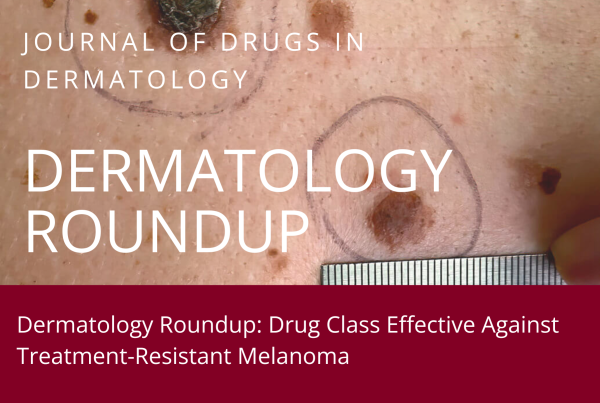
Natural and manmade disasters cause a range of dermatologic manifestations, including secondary infections after a flood, irritation from blistering agents used in chemical warfare, or acute and chronic effects of cutaneous radiation syndrome.
“Recognizing and diagnosing the conditions that can arise following a disaster requires diagnostic acumen, knowledge on reporting, and short- and long-term management strategies,” Dr. Friedman said.
The study cites a 2003 survey in which that 88% of dermatologists felt unprepared to respond to a biological attack.
“Encouragingly, though, 75% reported that disaster preparedness should be part of dermatology training, thus a formal training program is sorely needed to meet this demand,” the study notes.
You May Also Like









